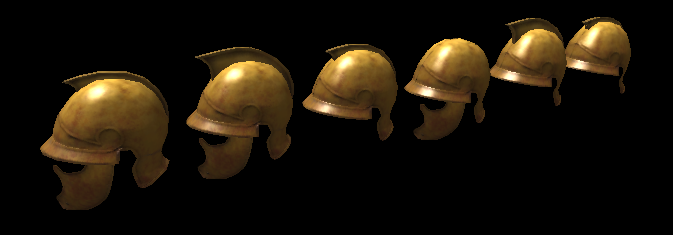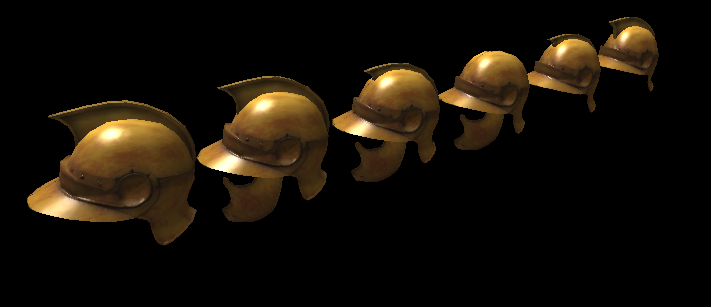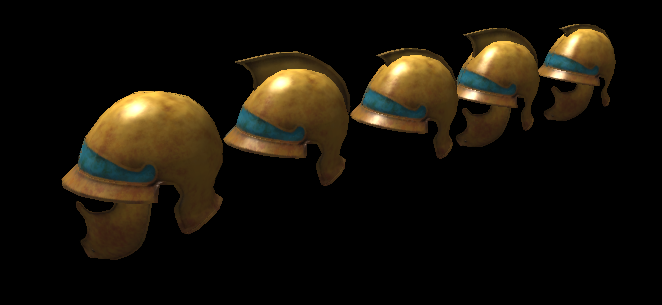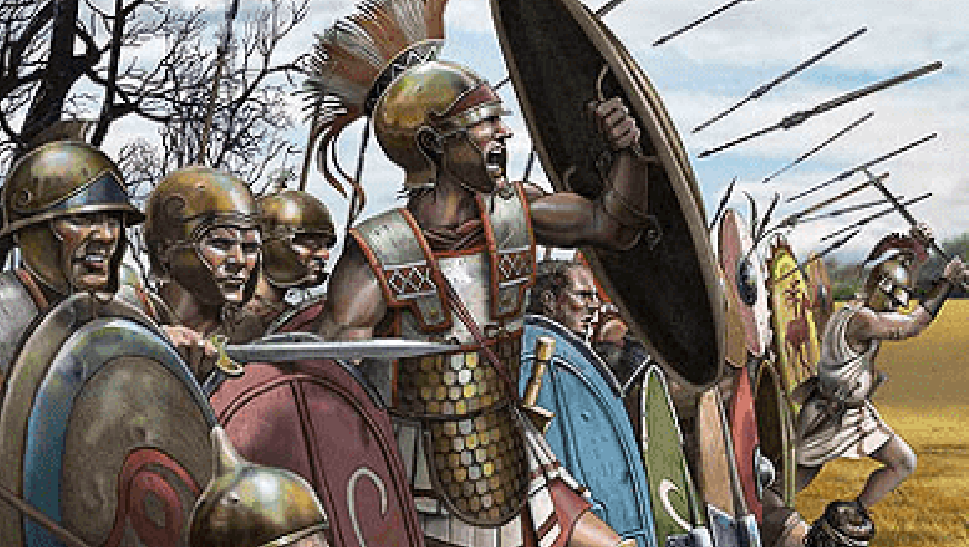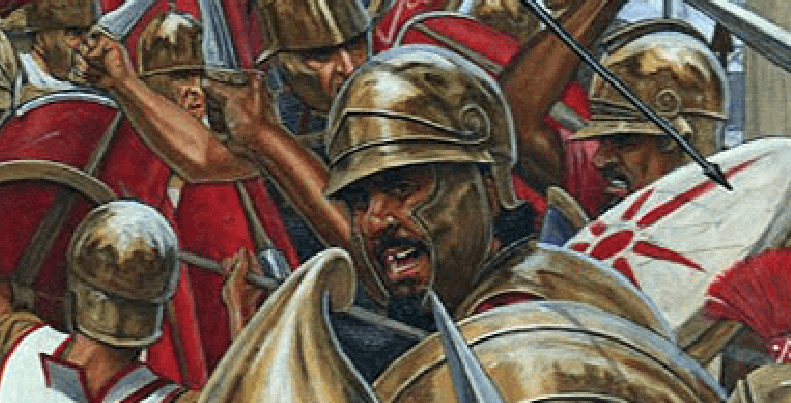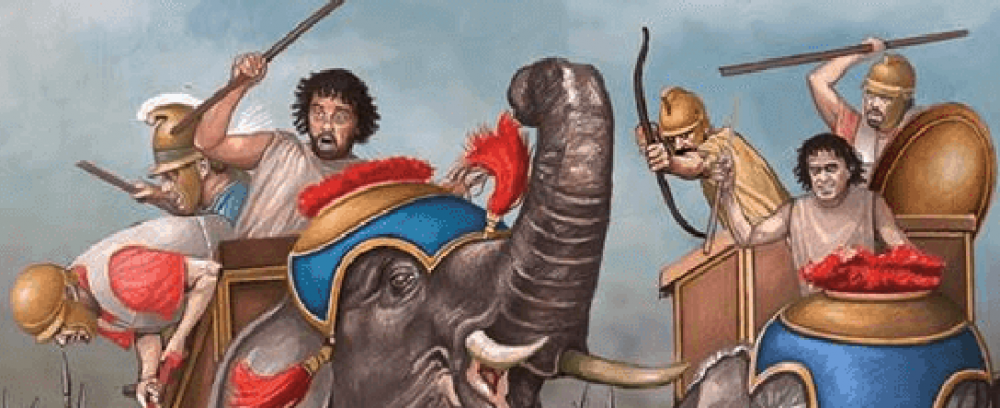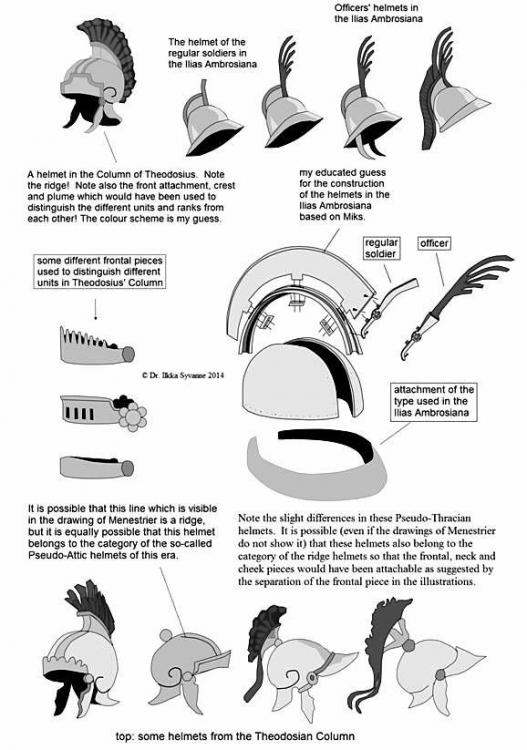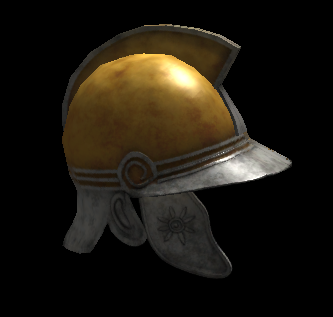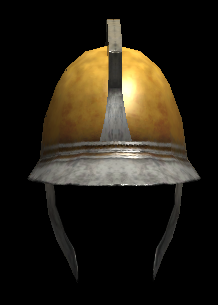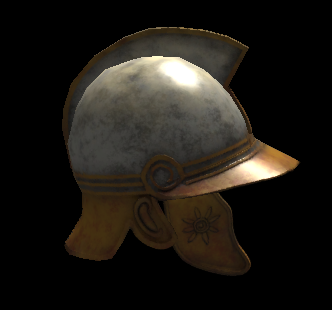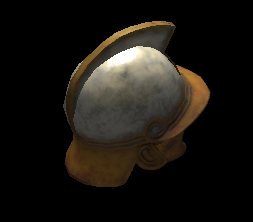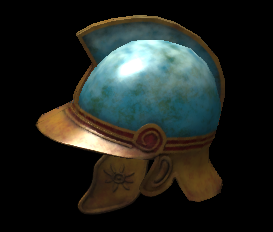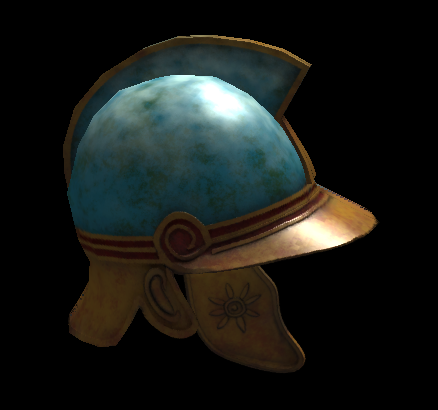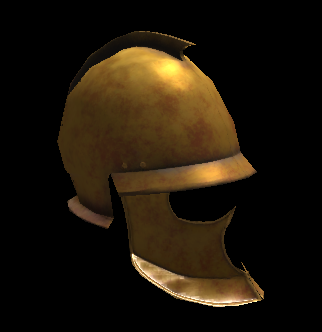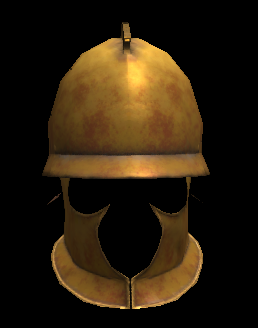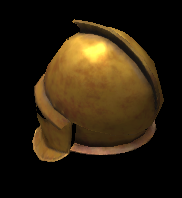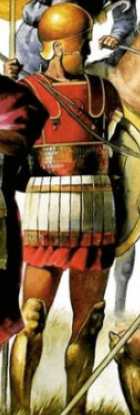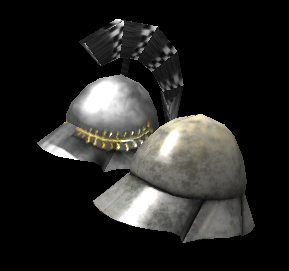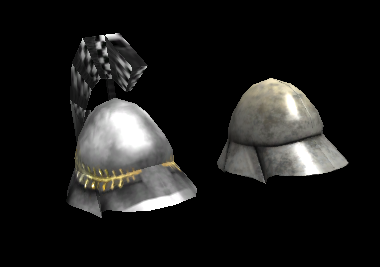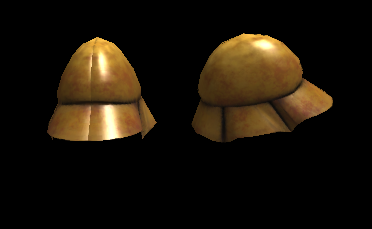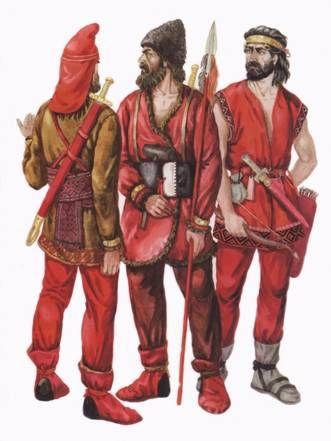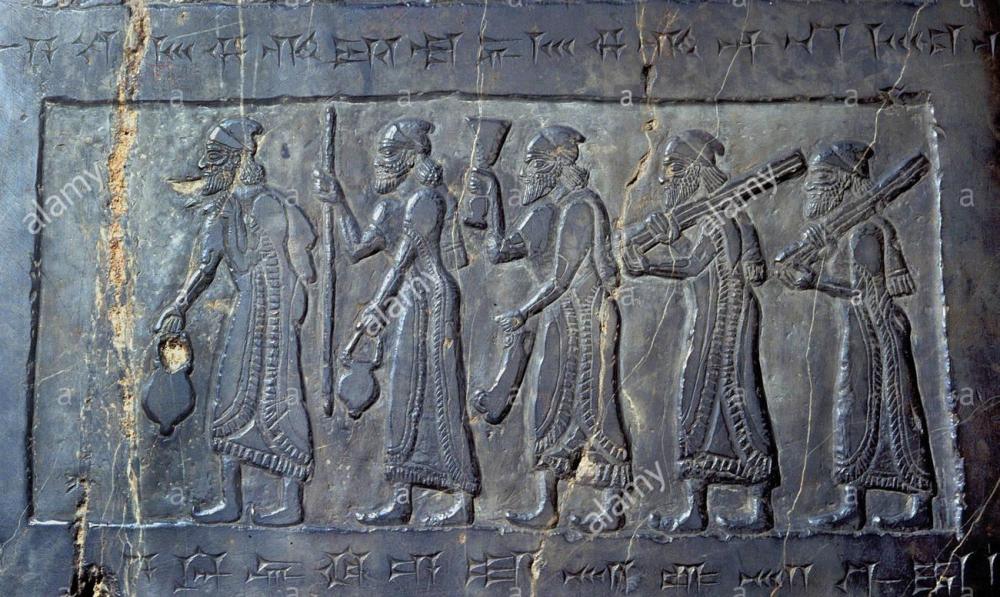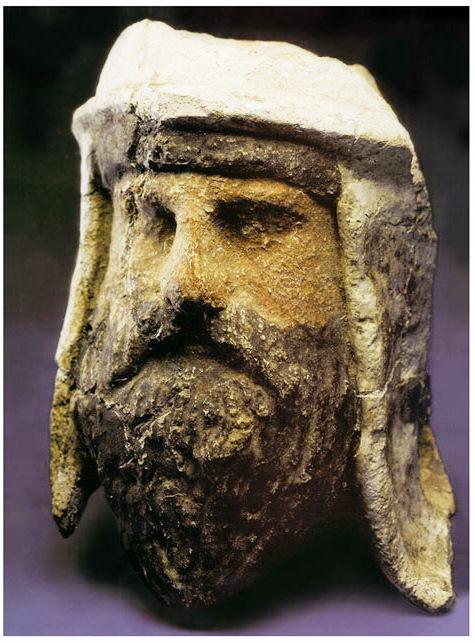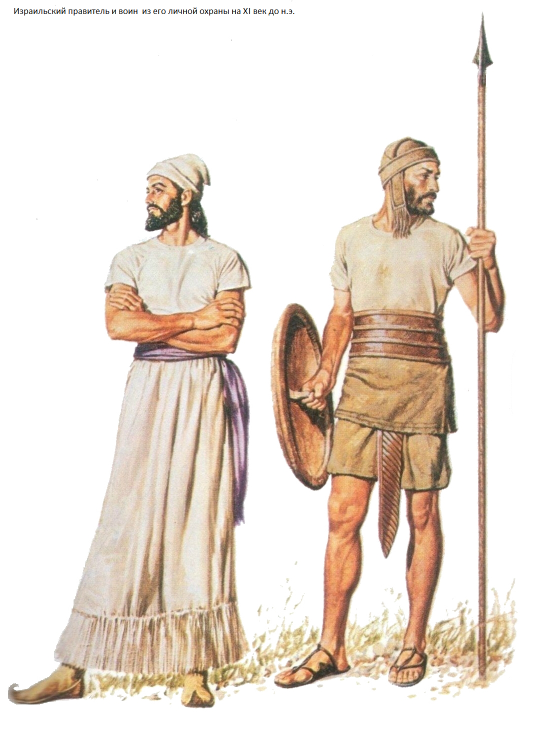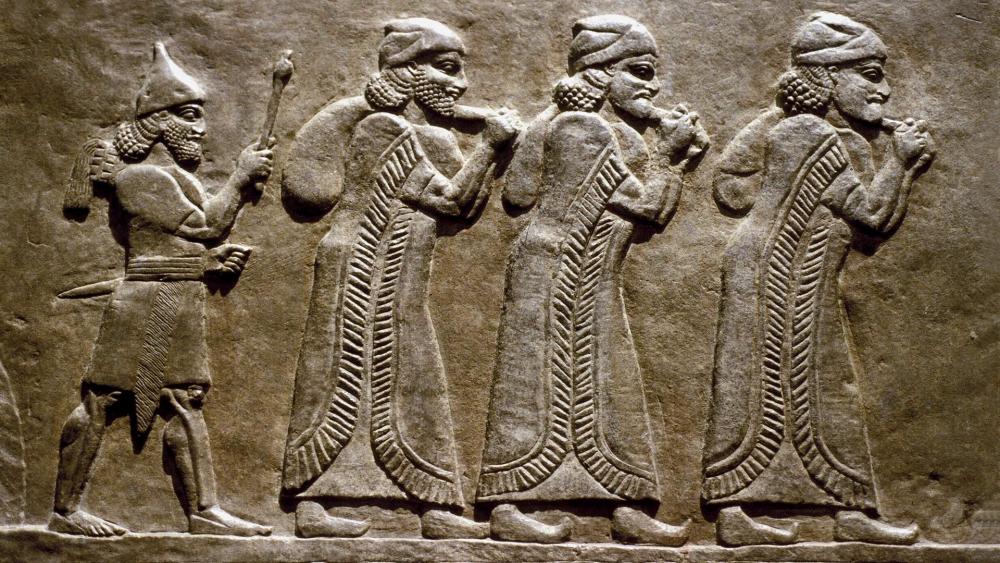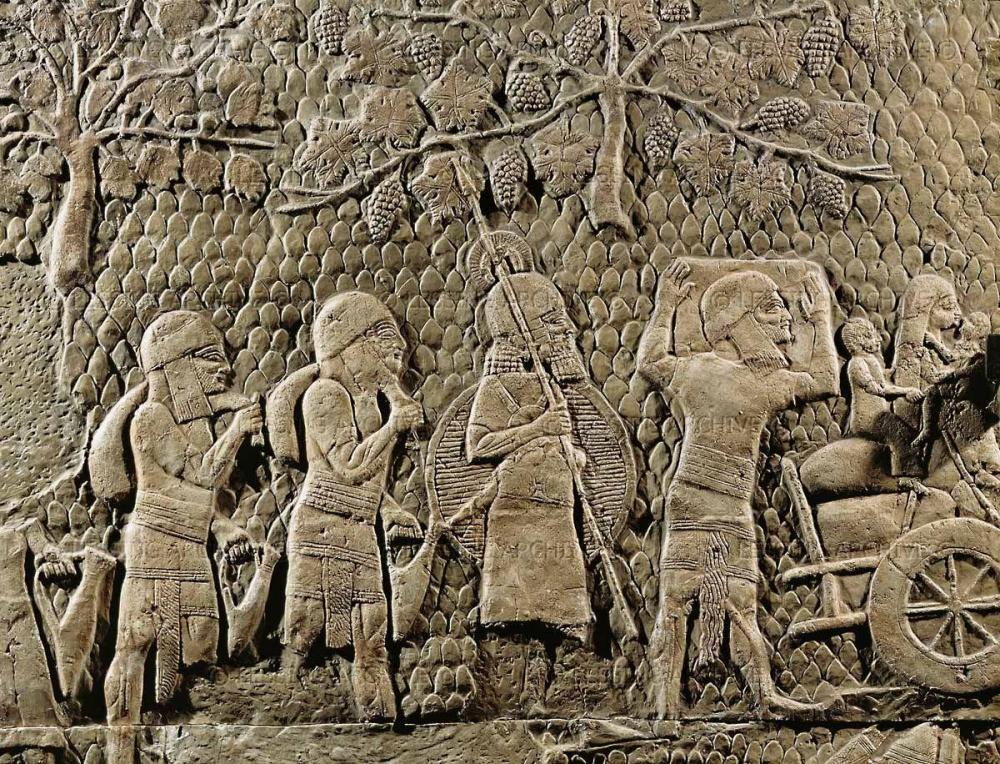Leaderboard
Popular Content
Showing content with the highest reputation on 2019-07-26 in all areas
-
3 points
-
3 points
-
3 points
-
Pretty sure this one would have had cheek pieces. Nice reference tho. I like these a lot. The Hellenistic Thracian helmets are some of my favorites. Would be nice to have cheek piece variations as well. Great references for Scythians. The game really should include Scythians for variety.3 points
-
3 points
-
For those who would like to play someday https://discord.gg/XxUzpUe2 points
-
Will proceed to commit. Could I change their stance to hoplite stance?2 points
-
Bump. We need to decide. Do we go for Hellenistic clothing or traditional/local clothing.2 points
-
2 points
-
Apologies, I failed to test a recent commit on VS2013 (which we still technically support). But Angen is right, it will be VS2015 only as of alpha 24. Still my bad though. Ticket: #55392 points
-
1 point
-
1 point
-
Representating probably Romanized Ptolemies (Greeks) as in older times. The artist even Riman try to reprrsent the romans very Hellenized. In this epoch isnt big deal but later in Imperial Rome,... Antoninus Pius Constantine (VI AD)1 point
-
They are roman legionaries with thracian helmets look at the quinquereme front crocodiles sculpt1 point
-
1 point
-
https://onlinelibrary.wiley.com/doi/pdf/10.1002/9781119099000.wbabat0050 I would say they are Roman legionaries but with a lot of Hellenistic stuff. Artistic canon? Political representation to represents Marc Anthony as a traitor in love with Greek culture? Or reality (rearmament of the Roman legionaries in Egypt, gift from Cleopatra etc.) ?1 point
-
1 point
-
1 point
-
Renamed the Tittle for accuracy with the amount of helmets being talked in this topic.1 point
-
1 point
-
1 point
-
Sorry, Delenda Est had an old copy of headquarters.js for some reason. Deleted that and got no more errors.1 point
-
1 point
-
And a look at your log would also be useful as I think that the sound system failed to start it maybe a hardware detection issue. Enjoy the Choice1 point
-
1 point
-
1 point
-
1 point
-
There are other group similar to Attic/Chalcidian from Scythians. http://www.thehistoryblog.com/archives/date/2013/02/201 point
-
1 point
-
For those who want to give a sneak peak into the helmets i'll be posting in all the forum, Here my repository where i will upload all the helmets i update before commit, after commit they will be deleted from repository.1 point
-
1 point
-
1 point
-
1 point
-
Italiots. https://forums.taleworlds.com/index.php?topic=247623.30 There are other references around VI-V BC for Etruscans.1 point
-
1 point
-
@wowgetoffyourcellphone @LordGood @Stan` @Nescio @Angen @Enrique Question: Would it matter if i organize animations and remove them from the "new" folder in such way each animation name start with the state? IE: bow_attack_hip.dae to > attack_ranged_bow_hip.dae 2h_attack_a.dae to > attack_melee_2h.dae Folders: Citizen: For include normal states whitout exceptional weapon usage and open the possibility of miscelaneous random citizen life animations (Swords/Shields/Spears) Infantry > Sub folder for each infantry type (Archer/Swordsman/Spearman/Pikeman) : For anything including combat and weapon usage. (Rider/Cavalry is already added) Gatherer: For anything related to resource gathering. Formations: Sub folders with formation name. This way to have the animations files organized in folders instead of spread whitout schema having to dig in all the files names to find one animation type. Update so far: I Have re-exported most of the foot citizen-soldier animations included in the animation blender file in art-repo, However two are missing (Capture and Sarissa). After that re export have to continue with the next file: Siege weapons In last step i'll leave the re-export of unit meshes to leave it open to any suggestion or modification wanted for add more unit meshes.1 point
-
Nakedness from an Indo-European view is something common and is making reference to a kind of animality and natural force. Berserkir are often depicted as naked as well. Nakedness is often associated with homeric warriors and Greek art. 7th and 6th century hoplites are often represented as naked, notably by the Spartans and the Etruscans here, here and here (+bonus). Clearly, the thing has continued by being an artistic license but it seems that it has roots from an older ethos. Greek art, historiography and mythology are full of these archaisms about nakedness and furious warriors. Less known, exterior from the Indo-European world, some Assyrians warriors have been described as naked enraged warrior in the Tukulti-Ninurta Epic: “They are furious, raging, taking forms strange as Anzu (Assyrian eagle-dragon). They charge forward furiously to the fray without armor, They had stripped off their breastplates, discarded their clothing, They tied up their hair and polished… weapons, The fierce heroic men danced with sharpened weapons. They blasted at one another like struggling lions…” Nakedness in religious function is also known in India with the gymnosophists (as they were called by the Greeks). But in the case of the Wales mythology, it is making reference to youthfulness and to championship. Irish mythology shows that furious warriors can take any rights through their strength, even women and properties. Tacitus account of the Germanic Chatti suggest the same, where these warriors are sacred, start any battle and have the right to go where they want. In my opinion, fighting naked is a mean to access to higher position and higher recognition. Maybe it opens the right to enter the retinue of some nobles or some warrior brotherhoods. Probably it was something more common in youth peoples to start their warrior career. How much it is related to rituals and religion? If we look into the Germanic culture, there are rituals and rites before acting like a heroic warrior. Some kind of oaths to take in front of its comrades, an offering to do, an animal to skin or a dance to perform... there are indications for all of these.1 point
-
I'd love to be able to give you more detailed info. I'm curious about the use of head covers among Arab and Judean populations in antiquity myself, but I can't find much. The Keffiyeh is said to have evolved from an ancient Sumerian head covering, the Shemagh, but it's all a little vague, and I can't find any clear depictions of it from the levant in antiquity. They are often portrayed in popular culture, but I'm not sure what they're basing it on. Simple, slightly conical felt(?) caps were a thing... A simple headband was also common. The last two pictures you shared aren't Seleucid units, but are Beja people (typical afro/locks), from Sudan (see the Blemmye mercs for the Kushites). I suspect that the guy who painted the models just adapted 19th century Beja units from a Mahdist pack and outfitted them with a Thyreos to make them fit in more.1 point
-
Someone sent me an article I found interesting to complement my previous summary: "Like a Certain Tornado of Peoples": Warfare of the European Huns in the Light of Graeco-Latin Literary Tradition https://www.academia.edu/1264349/_Like_a_Certain_Tornado_of_Peoples_Warfare_of_the_European_Huns_in_the_Light_of_Graeco-Latin_Literary_Tradition1 point

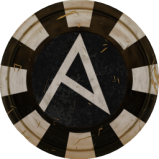
.thumb.png.ce58cea22940c255f5b0a735d5abee36.png)


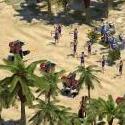
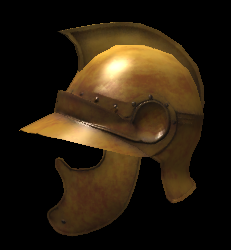
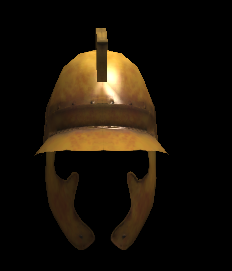
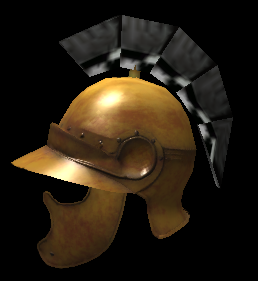
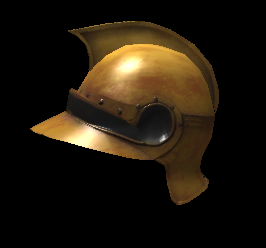
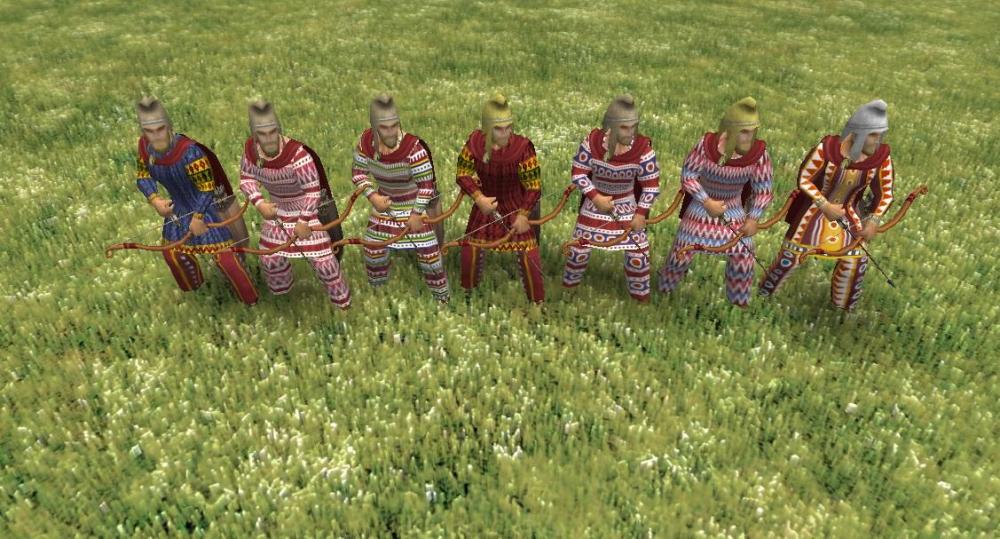

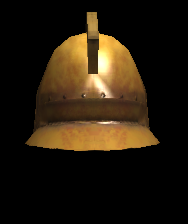

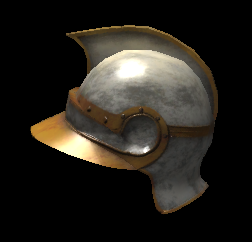
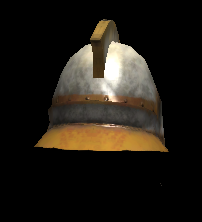
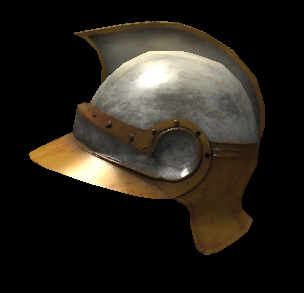

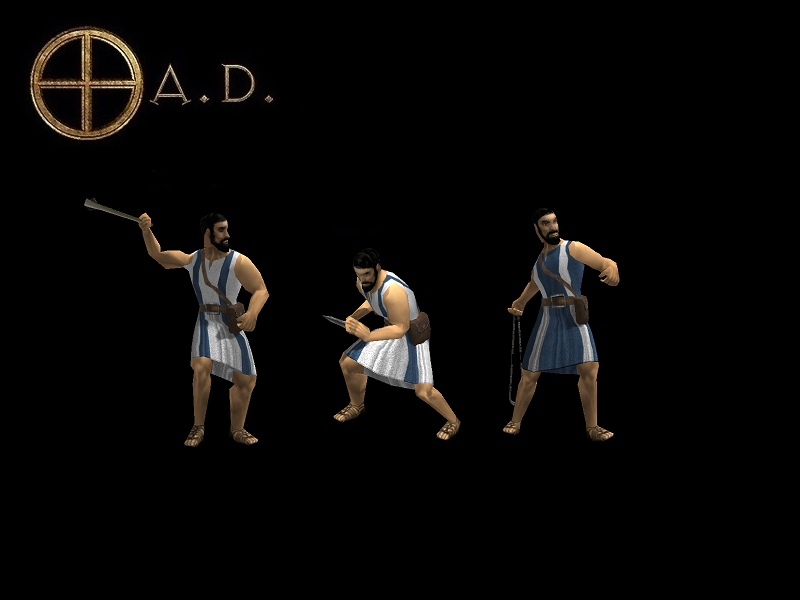
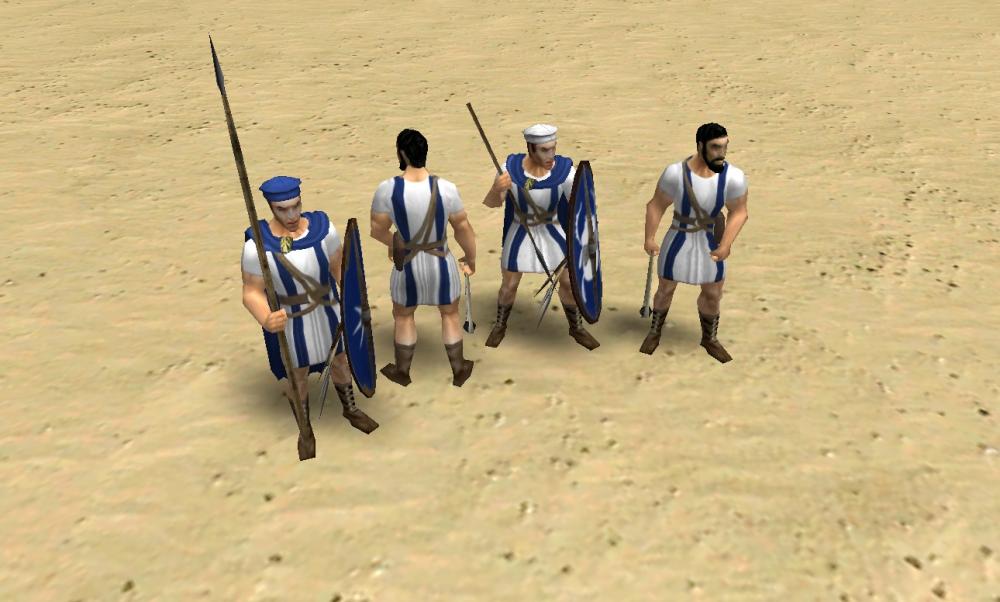
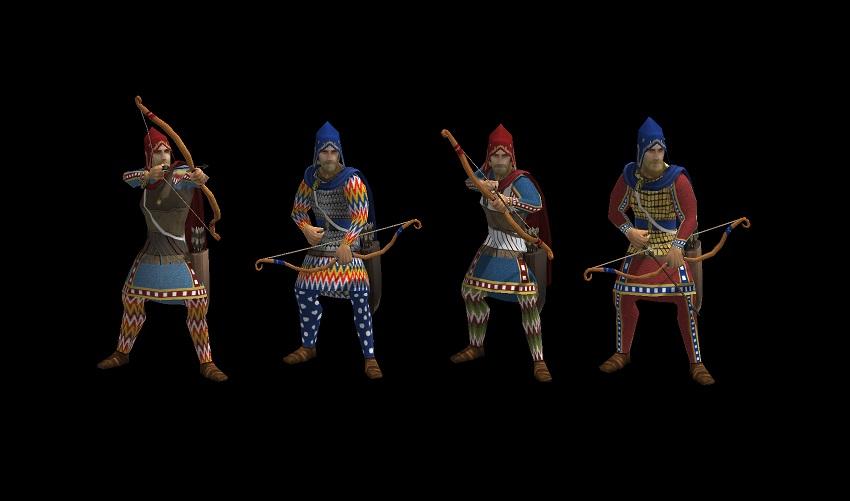
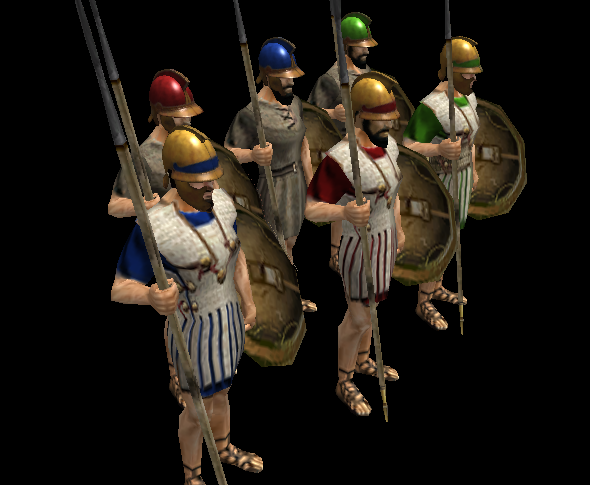
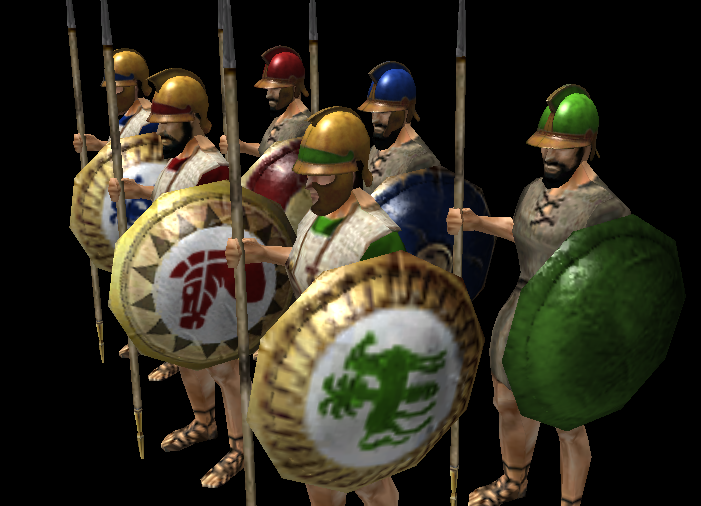
.thumb.jpg.b21ca1d0c15fb56b42c39b25a0a40815.jpg)

